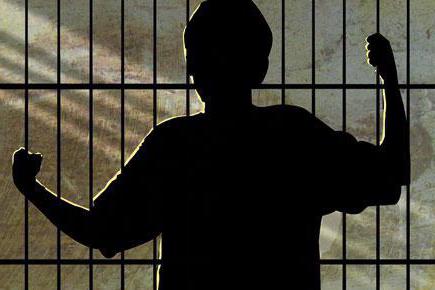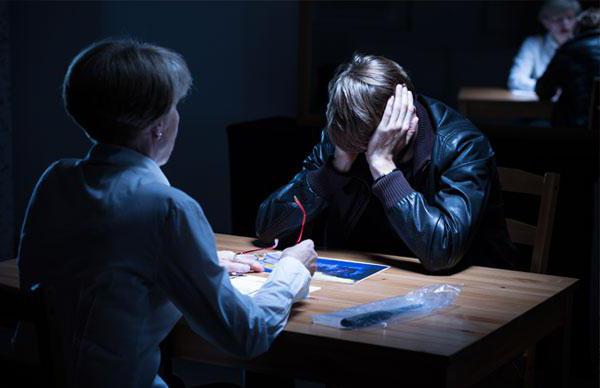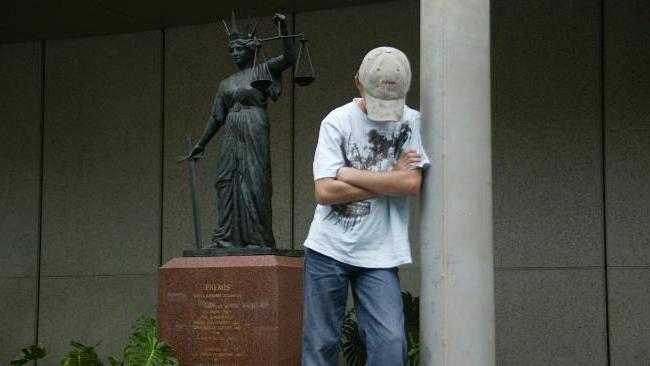Compulsory educational measures prescribed by minors are special ways of influencing them, provided for in criminal law. They are aimed at correcting persons who have committed crimes under the age of 18 years. Next, we consider the main types of coercive measures of educational impact. 
General information
Coercive measures of educational influence of the court are used in cases of persons of up to 18 years of age committing crimes of moderate or minor gravity. Moreover, the replacement of criminal punishment is allowed if there is reason to believe that correction can be achieved by the methods established by Art. 90 of the Criminal Code. The methods under consideration also perform a warning function. Coercive measures of educational influence involve conducting individual work with subjects in order to prevent them from committing other acts.
Specificity
The use of coercive measures of educational influence is a special reaction of the state to the actions of persons whose age is less than 18 years. In some situations, it involves the release of the subject from criminal liability, and from the punishment provided for in the article characterizing his crime. This provision is established by the 90th article of the Criminal Code. In other cases, the person is liable, but no punishment is applied. This provision is established by Art. 92. 
Classification
Art. 90 establishes the main compulsory educational measures. Minors:
- warned;
- transferred under the supervision of parents or their replacement persons or specialized state institutions;
- oblige to make amends for harm caused by crime;
- restrict in the conduct of leisure, in this case, set special requirements for the behavior of the subject.
A warning
It consists in explaining to a citizen the harm caused by his unlawful actions, as well as the consequences of a second crime under the Criminal Code. When appointing coercive measures of educational influence, an authorized official shall make a decision. It contains a negative legal and moral assessment of the act, the very warning itself on the inadmissibility of such behavior, instructions on the consequences of committing another crime / offense. A copy of this document is handed to the violator himself. If necessary, a copy is transferred to its legal representatives. It should be said that their presence is necessary when applying the warning. 
Supervision
The citizen’s parents or their substitute persons or a specialized state institution are entrusted with the duty of monitoring the conduct and educational impact. This correction method provides for the 90th article of the Criminal Code. Part 3 of this norm allows the application of this measure when committing an act:
- light severity - for 1-24 months;
- moderate severity - for 6-36 months.
Supervision is established during the entire imputed period. Responsibilities that are envisaged for entities that exercise control should be thoroughly, clearly and intelligibly explained, and also drawn up properly.Before the appointment of this measure, you need to make sure of the ability, willingness and ability of subjects to implement it.
Obligation to make amends
Upon her appointment, the property status of the offender and his working skills should be taken into account. The duty may consist of:
- The restoration of damaged material values of the victim on his own by the person who committed the crime.
- The transfer of items in compensation for the affected property.
- Compensation for damage caused.

Moreover, the obligation provided for in the criminal law should not turn into a heavy burden for a minor. In this regard, the rules require taking into account the property condition of the subject. It is established by the presence of a person's income or any material values. In addition, when assigning a minor with the duty to restore damaged property on his own, it is necessary to take into account the presence of appropriate skills that require the ability to carry out a particular job.
Limitations
Certain requirements for his behavior may be established for a minor. For example, he may be prohibited from visiting certain places, using one or another form of leisure, including those related to driving. It can also be limited in time spent on the street: at certain hours, he should be at home. A minor may be prohibited from traveling to any other place other than the territory of residence without obtaining permission from a specialized state agency. In some cases, violators are required to return to a general educational institution or to go to work. The list given in paragraph 4 of Article 91 is considered open. 
Additionally
Another measure is the placement of a minor in a closed educational institution. It is assigned to persons who have committed medium and heavy acts. This measure is considered special and is applied in extreme cases. These institutions have a special regime of stay. At the same time, the minor is under constant supervision.
Feature of institutions
Special closed educational institutions may be secondary schools, as well as vocational schools, in which males and females are separated. The placement of violators in these institutions is considered the most stringent coercive educational measure. Stay in these institutions can be ended before the expiration of the imputed period. This is allowed if it is recognized that the minor is no longer in need of exposure. At the same time, the criminal law provides for the possibility of extending the period of stay of a subject in a correctional institution. It is allowed at the request of the person himself. The reason for extending the term may be the need to complete vocational or general education.
Regulatory opportunities
Legislation allows the application of several measures simultaneously to one subject. In their focus and content, the above correction methods may well be combined. So, for example, at the same time such compulsory measures of educational influence can be assigned, such as imputing an obligation to compensate (make amends) for harm caused to property, transferring it to parents under supervision, limiting leisure time and warning. 
The consequences of non-compliance
If an adult violates the correctional regime prescribed for him, the specialized state agency cancels the measure assigned to him, and the materials on his case are sent to the authority authorized to consider criminal cases.Thus, the legislator emphasizes the factual convention of the considered correction methods.
